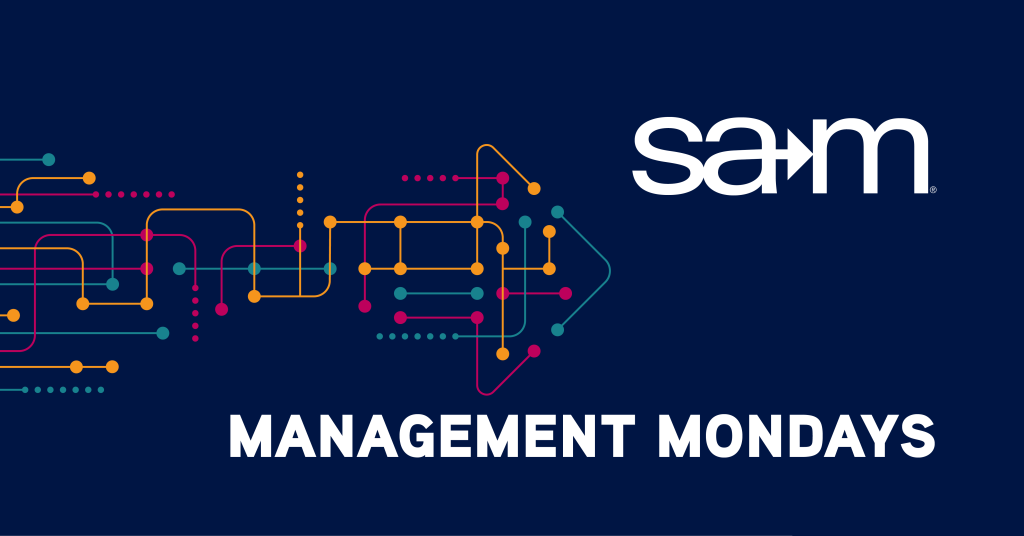
Accountability often brings to mind images of confrontation, discipline, or even public reprimand. In many workplaces, the word has been misused so frequently that it now carries a negative tone. Yet accountability, when practiced with intention and care, is one of the most valuable tools for personal and organizational growth. Rather than a mechanism for blame, it should serve as a structure for clarity, consistency, and shared purpose.
For those in early or mid-level roles, the challenge lies in applying accountability without the formal authority to demand compliance. Without a title or official decision-making power, it can feel risky to speak up or enforce expectations. Still, accountability is not solely the domain of executives or supervisors. In modern organizations, influence is often more effective than authority, and the ability to promote mutual responsibility can distinguish emerging leaders from the crowd.
True leadership is demonstrated through behavior, not job descriptions. Those who navigate accountability with empathy and consistency earn the respect of their peers and set a tone that supports a healthy team dynamic. The first step is to reframe accountability not as something that is done to others, but as a collaborative and ongoing commitment among people who are working toward shared outcomes.
The Link Between Trust and Expectations
Accountability starts with a shared understanding of what success looks like. Without clearly communicated expectations, it is impossible to assess whether someone is meeting them. Many early misunderstandings and performance breakdowns can be traced back to a lack of alignment on what the goals are and how to reach them. Clarity is not just a managerial obligation; it is a teamwide responsibility that ensures everyone is working from the same framework.
Trust is established when expectations are consistent and applied fairly across the board. When people know what is expected and can rely on those standards remaining stable, it reduces ambiguity and improves confidence. Ambiguity, on the other hand, breeds frustration. People begin to question whether they are being evaluated fairly or whether the rules are constantly shifting. In those environments, accountability quickly devolves into defensiveness.
Clear expectations are not only about job performance; they also include behavior, communication, and team norms. Holding others accountable is much easier when those guidelines have already been discussed and agreed upon. Rather than addressing issues after they have spiraled, proactive expectation setting builds a shared contract that everyone can reference when challenges arise. The result is a culture where people feel secure enough to perform and candid enough to grow.
Modeling Personal Accountability
Before anyone can expect to hold others accountable, they need to demonstrate personal responsibility in their own work. This is especially important for those without formal authority. People are far more likely to listen to a colleague who consistently shows up prepared, follows through on commitments, and owns mistakes when they happen. This kind of modeling sets the standard in a way that words alone cannot.
When something falls through, acknowledging your role in the outcome sends a powerful signal to your team. It shows that accountability is not just a tool for managing others but a mindset that applies to everyone. This includes being transparent when you’re overwhelmed, asking for help when needed, and correcting missteps before they become patterns. These small moments of integrity reinforce your credibility and make it easier to have honest conversations with others later on.
Personal accountability also requires self-discipline and reflection. It means asking yourself hard questions about whether you’re meeting your own standards and where you can improve. By making this a regular practice, you become more aware of the expectations you place on others and ensure that those expectations are reasonable and consistent. Leaders who practice accountability personally build teams that do the same collectively.
Building Safe, Constructive Feedback Loops
Creating a culture of accountability is not about pointing fingers. It’s about establishing systems of feedback that support continuous improvement. Feedback should be timely, specific, and framed around the idea of helping someone succeed, not catching them failing. When handled correctly, accountability conversations can build trust rather than erode it.
Start by assuming good intentions. If a colleague misses a deadline or underdelivers on a task, begin the conversation by asking open-ended questions. Find out what barriers they encountered, what assumptions they were working from, and whether something prevented them from delivering what was expected. This shows that your focus is on the situation, not on judging the person. From there, you can work together on solutions and prevent future issues.
It’s also important to create feedback loops that are mutual. Invite others to hold you accountable as well, and demonstrate that you are open to hearing how your behavior impacts the team. This two-way dynamic reinforces that accountability is about partnership. When people feel safe to speak up and know that their concerns will be taken seriously, accountability becomes a shared value rather than a management tactic.
The Role of Emotional Intelligence in Accountability
Accountability without emotional intelligence quickly turns into conflict. Emotional intelligence enables leaders to approach difficult conversations with empathy, patience, and perspective. It allows you to manage your own reactions while remaining attuned to the emotional state of others. In situations where accountability is needed, this skill can mean the difference between progress and resentment.
Emotional intelligence begins with self-awareness. Before initiating a conversation, check in with yourself to understand your motivation and mood. Are you addressing a real issue, or reacting from frustration or disappointment? If you are feeling reactive, take a moment to pause and focus on what outcome you truly want. A calm and focused mindset will lead to a more productive discussion.
Empathy also plays a critical role. Understanding what others are experiencing and recognizing the challenges they face helps you tailor your message. For example, an employee who is missing deadlines because of personal stress needs a different approach than one who is disengaged. Emotional intelligence equips you to navigate those distinctions with care. It allows you to adjust your expectations without compromising your standards, which ultimately leads to stronger performance and more resilient teams.
Final Thoughts
Accountability is not about control. It is about commitment to the work, to each other, and to a shared vision of success. For professionals who are still growing in their roles or just beginning to lead others, understanding this distinction is critical. Accountability is not something you enforce by wielding power. It is something you build by showing consistency, honesty, and care in your everyday interactions. When people see that you take responsibility for your actions and invite feedback without defensiveness, they begin to trust you. That trust becomes the foundation for more open communication and more productive teams.
In today’s workplace, authority alone does not create influence. The ability to foster accountability through relationships is what sets true leaders apart. It begins with modeling the behaviors you expect from others, whether that means being on time, meeting deadlines, or admitting when you’re wrong. From there, it grows through feedback conversations that are timely, respectful, and rooted in mutual understanding. Emotional intelligence plays a vital role in this process by helping you navigate tough moments with empathy and composure. No matter your title, your actions send a message about what kind of leader you are. When that message reflects a deep commitment to shared responsibility, you create an environment where others feel empowered to rise to the same standard.
If you’re ready to turn accountability into action, now is the perfect time to invest in your growth. Leadership Styles is part of the SAM Management Training and Development program, designed to help professionals like you lead with confidence, emotional intelligence, and adaptability. In this course, you’ll learn how to identify your leadership strengths, adjust your style to fit different situations, and manage conflict with greater skill.
As a SAM member, you’ll receive 20% off course registration. Register for Leadership Styles today and start leading with clarity, purpose, and lasting impact.

Written By,
Patrick Endicott
Patrick is the Executive Director of the Society for Advancement of Management, is driven by a deep commitment to innovation and sustainable business practices. With a rich background spanning over a decade in management, publications, and association leadership, Patrick has achieved notable success in launching and overseeing multiple organizations, earning acclaim for his forward-thinking guidance. Beyond his role in shaping the future of management, Patrick indulges his passion for theme parks and all things Star Wars in his downtime.
